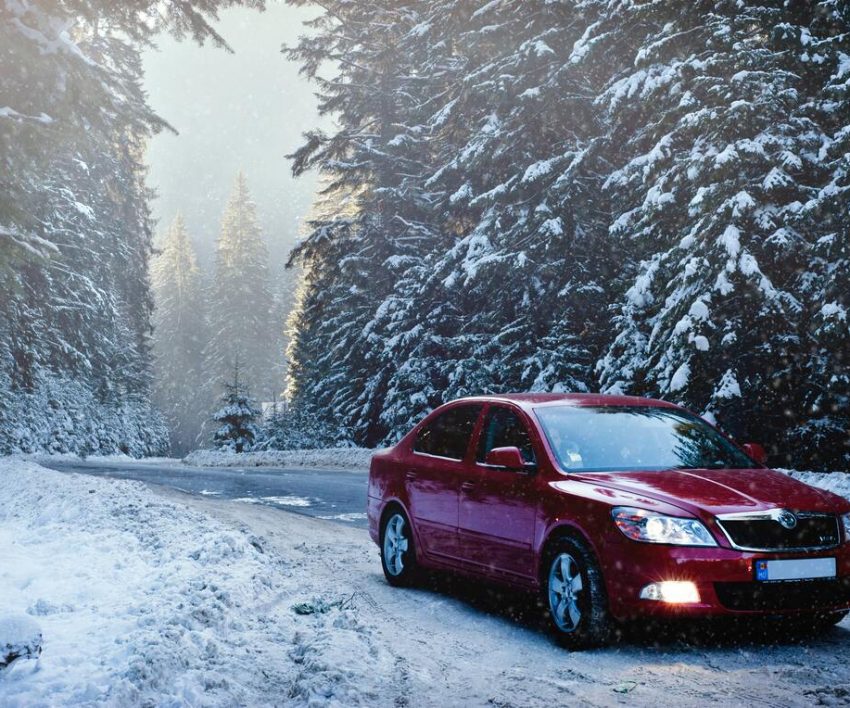
Drivers have been urged to exercise caution on the roads or to stay indoors during the snow and slippery conditions since snowfall is expected in a number of regions of the country, including Gauteng, KwaZulu-Natal, and the Cape provinces.
Extremely cold and ice weather was recorded by the N3 Toll Concession along the road between Cedara and Heidelberg.
The N3TC urged people to “please drive carefully and safely and take care.”
According to Car and Driver here is how one should drive in the snow.
Drive Super Smoothly
Being smooth with the steering wheel, accelerator, and brakes is the secret to driving safely in the snow.
Why? Every wheel turn, brake application, and throttle movement needs to be careful, smooth, and slow since jerky movements with the controls easily unstick tires that have a weak hold on the slick road.
Look Far Ahead
You should look further down the road and think—further down the road as it becomes more slick.
Consider what action you’ll need to do next. For turns, go very slowly. For rainy, snowy, and icy conditions, increase the stopping distance by two times, three times, and even more. Driving safely and skillfully requires increased focus.
Look Here!
Always, always, always look in the direction you intend to go, not in the direction the car is now traveling, if you feel your automobile starting to skid. Anything you’re attempting to avoid can be handled by your peripheral vision. Racing drivers are adept at recovering from skids because they are aware that you virtually always end up where you are looking.
Deal with the Skids
Ease off the gas to prevent a front-wheel skid, which occurs when the front tires lose traction and the automobile makes an unexpectedly broad turn. The front tires should regain traction in a few beats. Once you get traction, aim in the direction you wish to go.
Quickly turn the steering wheel in the same way as the rear is sliding to stop a rear-wheel skid, which occurs when the rear tires start to lose grip and you feel yourself starting to spin off. Turn the wheel to the left, for instance, if the back is swinging to the left. Keep your foot off the brake and ease off the gas. Return to the original course as soon as the rear wheels recover traction.
Keep your wheels pointing in the direction you want to be traveling regardless of the type of skid you are in. Additionally, if you believe you can recover without colliding with anything, you can gently apply your brakes (remember rule number one). Don’t be scared to stand on the brake pedal as mentioned in point number six if an impact is about to occur.
Use Your Anti-Lock Brakes This Way
The anti-lock braking system (ABS) on your automobile should be applied if everything else fails and you need to stop as quickly as possible in snow or ice.
Also see: Social media scams to be aware of




